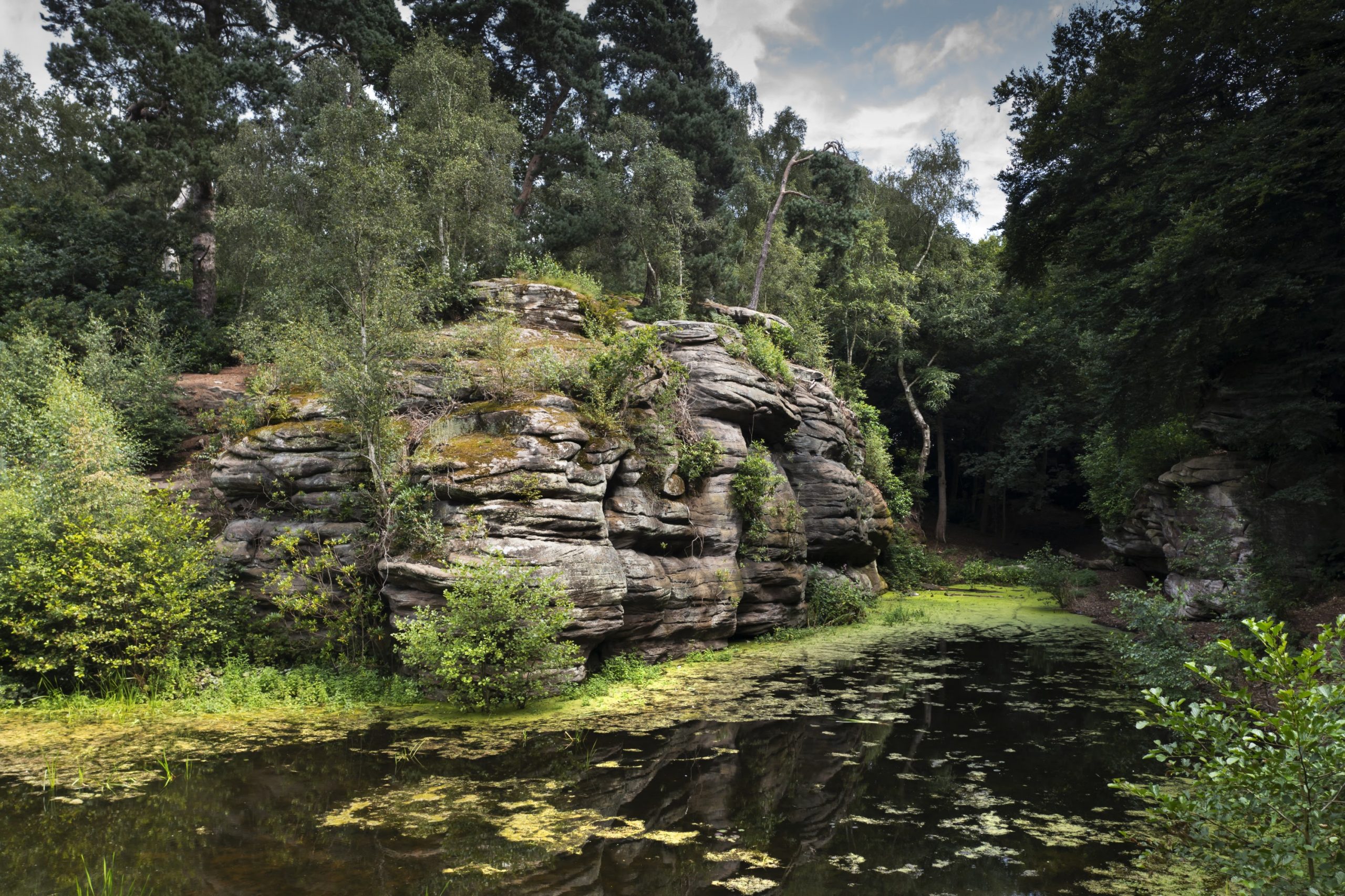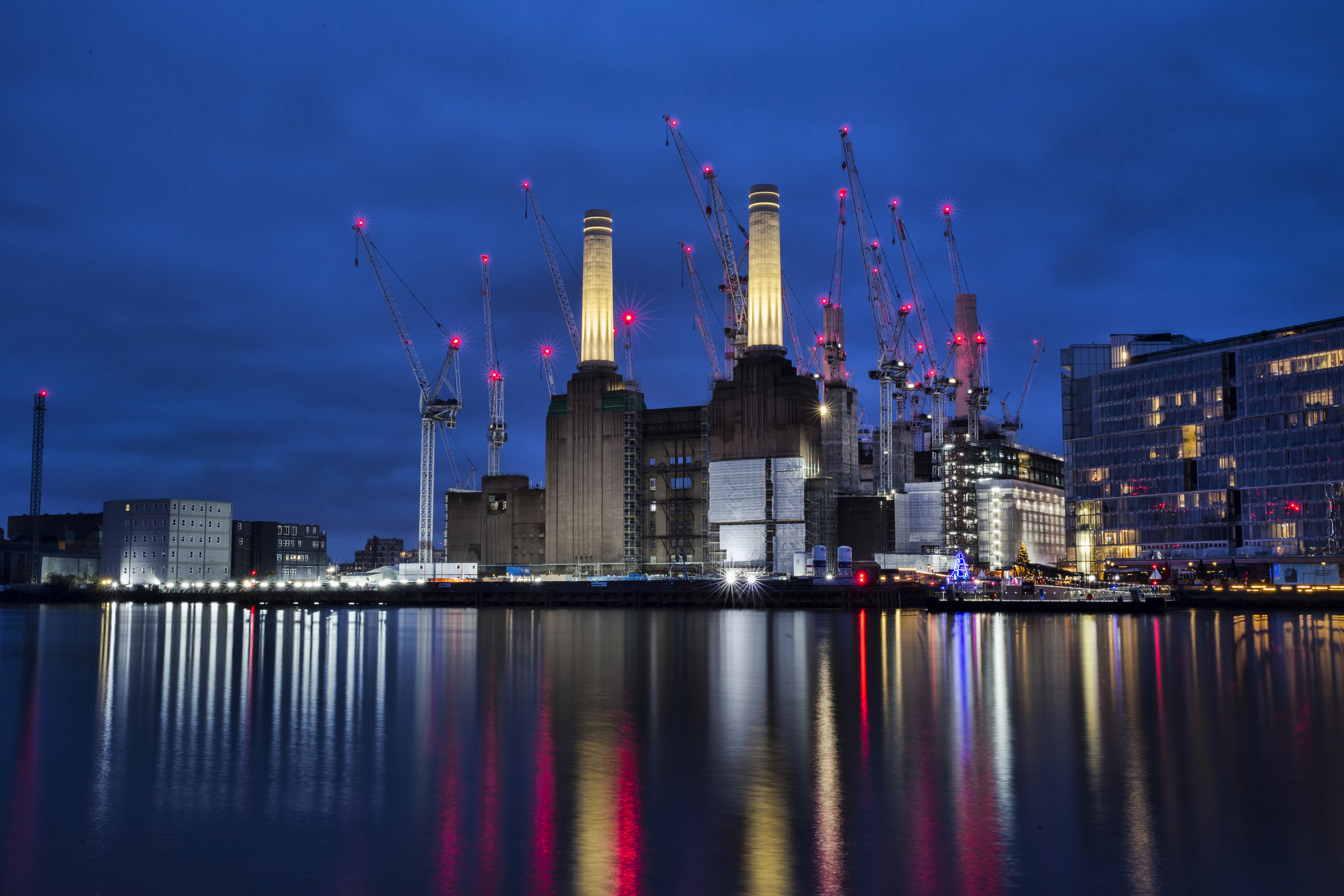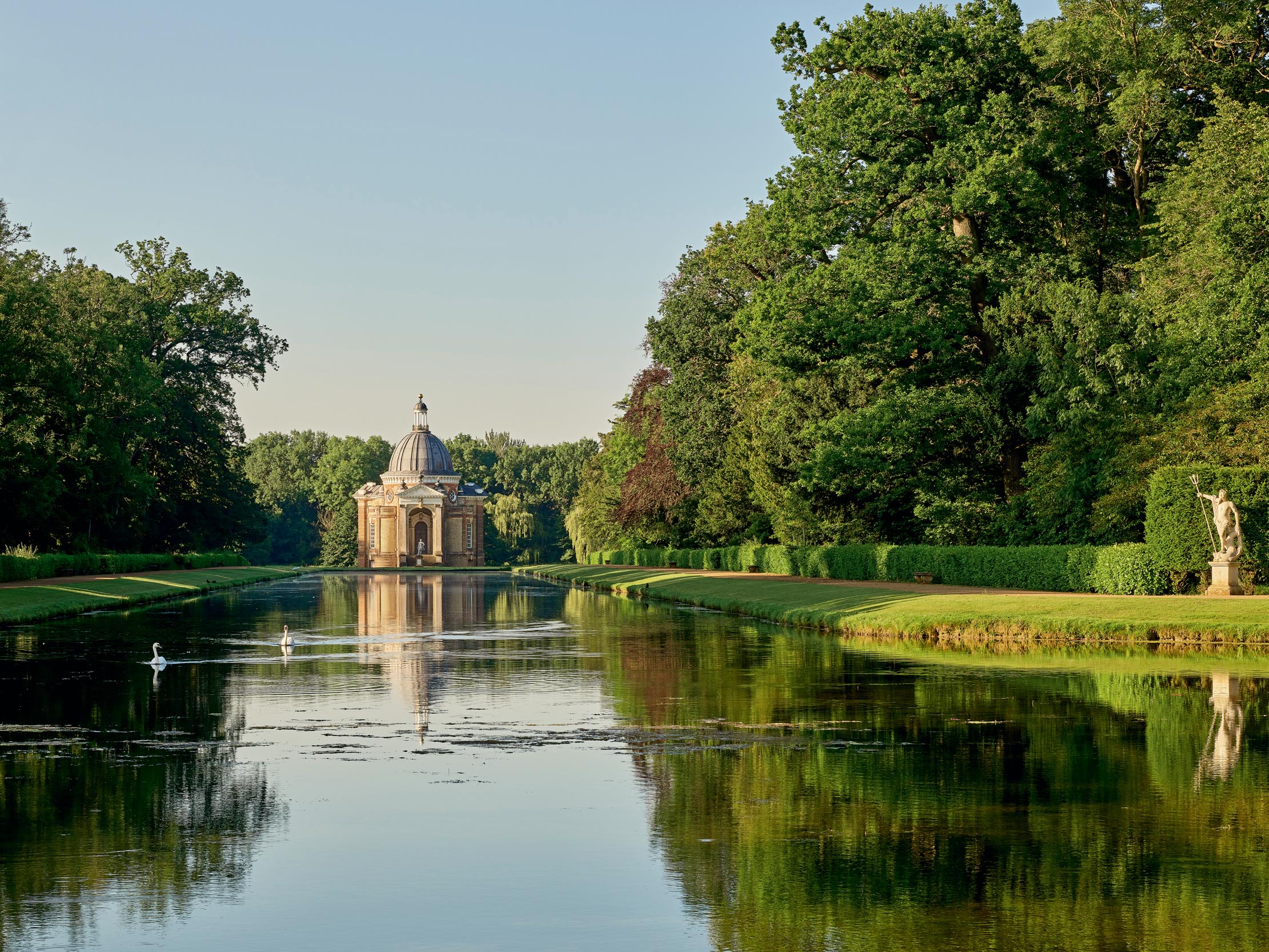The historic sites that have been saved for the nation, as the Historic England 'at risk' register shares the good news
From Battersea Power Station to Plumpton Rocks and a Victorian public loo on Lamb’s Conduit Street, more than 200 historic sites are officially back from the brink.


Anyone with an eye to London property will know that, after years of will-they-won’t-they schemes, things are looking positive for Battersea Power Station. Now, it’s one of 233 sites that have officially been saved, according to Historic England’s 2021 Heritage at Risk Register; meanwhile, 130 buildings and sites suffering from neglect or inappropriate development have been added.
‘Working with a Grade II*-listed building is not without its challenges,’ explains Simon Murphy, Battersea Power Station Development Company CEO. ‘We have... [had to] ensure that the building was treated sensitively and with the respect it deserves throughout… we count down to the Power Station’s doors opening to the public for the first time in history next year.’

The Thameside landmark powered one-fifth of London’s electricity, but, after closing in 1983, became derelict and was added to the register 30 years ago. As part of the redevelopment — which contains residential, retail, office, leisure and dining spaces — painstaking conservation work included rebuilding its four chimneys (iconic for more than just Pink Floyd fans), completed in 2017.
Others removed from the register include a Victorian public loo on Lamb’s Conduit Street, WC1, which is now a wine and charcuterie bar, complete with graffitied wooden stalls and chairs made from upholstered urinals; Somerset’s Wellington Monument — the world’s tallest three-sided obelisk at 175ft — after a £3.1 million project; and Lincoln Castle, its walls much deteriorated since its role in preventing the future Louis VIII from taking the English crown in 1217, now stabilised.
Visitors to Harewood House may know Plumpton Rocks from two Turner paintings; the Grade II*-listed North Yorkshire landscape has been returned to its 18th-century glory — all with the help of Natural England’s Countryside Stewardship scheme, Historic England, the Historic Houses Association and the Plumpton family.
Significant repairs to a mock fort and dock built by the 5th Lord Byron (the poet’s father) on the lake at Newstead Abbey, Nottinghamshire, where he kept a ship for re-enacting naval battles, have resulted in its removal from the register, too.

Among the 130 historic sites now in urgent need of aid are the romantic ruins of a wild garden created by Ellen Willmott (1857–1934), whom Gertrude Jekyll called ‘the greatest living gardener’, at Warley Place, Essex; the thatched brick-and-flint cottage in Felpham, West Sussex, where William Blake wrote the words to Jerusalem; and the wreck of Restoration, a 1,055-ton British warship built in 1678, which sank in the Great Storm of 1703 at Kent’s notorious Goodwin Sands — the sandbank has shifted, exposing her hull and several iron cannon to erosion.
Exquisite houses, the beauty of Nature, and how to get the most from your life, straight to your inbox.
Chiming in with timely discussions over the environment as the register was announced last week, Historic England pointed out that common-sense recycling extends to buildings, too, in that repurposing historic structures is not only about preserving heritage, but avoiding the high carbon emissions associated with demolition and new building.
‘Our heritage is an anchor for us all in testing times,’ says Duncan Wilson, Historic England chief executive. ‘This year’s Heritage at Risk Register demonstrates that looking after and investing in our historic places can bring communities together, contribute to the country’s economic recovery and help tackle climate change. Our historic places deserve attention, investment and a secure future.’
The figures
- The first Historic England Heritage at Risk Register was created in 1998. Since then, more than two-thirds of sites on the original register have been rescued
- 130 sites were added this year and 233 removed
- There are now 4,985 sites on the register in England, 112 fewer than last year
- These include 1,459 buildings or structures, 2,001 archaeological sites, 923 places of worship, 104 parks and gardens, 491 conservation areas, three battlefields and four protected wreck sites
- Over the past year, Historic England gave £9.8 million in grants, with a further £5.6 million from the Culture Recovery Fund during 2020/21

The Archer Pavilion: One of Britain's greatest Baroque buildings is finally getting recognition — as is its creator
The Archer Pavilion in Wrest Park, Bedfordshire — a place in the care of English Heritage — is one of
Annunciata is director of contemporary art gallery TIN MAN ART and an award-winning journalist specialising in art, culture and property. Previously, she was Country Life’s News & Property Editor. Before that, she worked at The Sunday Times Travel Magazine, researched for a historical biographer and co-founded a literary, art and music festival in Oxfordshire. Lancashire-born, she lives in Hampshire with a husband, two daughters and a mischievous pug.
